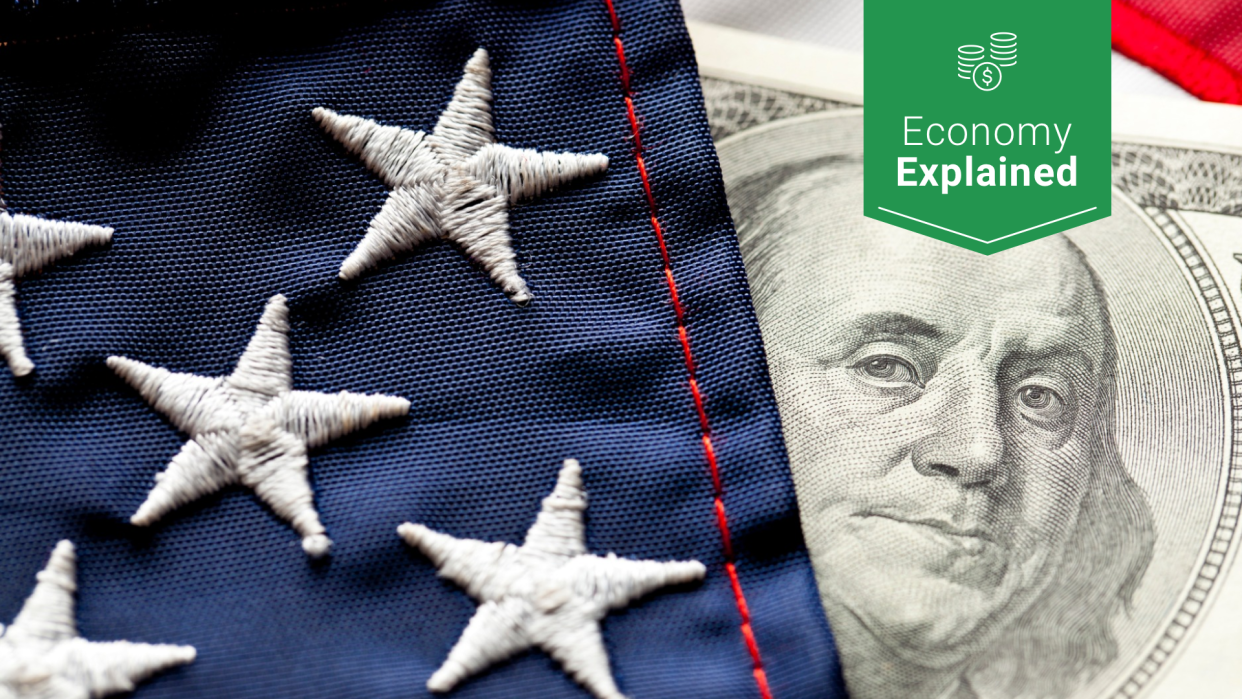Tariffs, Trade, World Politics and Your Wallet

On Jan. 22, 2018, President Donald Trump approved more than $10 billion in tariffs on imported solar panels and washing machines from China. According to the Peterson Institute for International Economics, the historically rare move signaled the start of a protectionist trade policy that Trump had made central to his campaign.
The Future of Finances: Gen Z & How They Relate to Money
Learn: Everything’s Bigger in Texas — Including Taxes, Which Are Outpacing California
China responded by placing tariffs on sorghum imported from America. In March, Trump announced new tariffs on imported steel and aluminum. In April, China issued retaliatory tariffs on fruit, nuts, pork and other U.S. imports. A trade war had begun.
Most Americans probably don’t spend much time stressing over Chinese steel, American sorghum and foreign trade policy. Even so, the global tit-for-tat affected everyday people and their budgets. Here’s how tariffs and the politics of international trade impact your life, family and bank account.
What Are Tariffs?
Tariffs are taxes levied on imported goods from other countries. According to the Brookings Institution, tariffs used to be an essential source of government revenue, but in the era of the global economy, the government uses tariffs mostly to protect specific industries from foreign competition.
For example, when tariffs raise the price of Chinese washing machines, American consumers are more likely to purchase less expensive domestic washers.
Take Our Poll: Do You Think You Will Be Able To Retire at Age 65?
The Ghost of Smoot-Hawley
In 1930, Congress passed the Smoot-Hawley Tariff Act to protect struggling American farms and businesses during the Great Depression. The act, which raised roughly 900 import tariffs, had precisely the opposite effect, according to the Corporate Finance Institute. In response, other countries enacted tariffs on U.S. goods, which suffocated global commerce and forced a 65% reduction in international trade that only made the Depression worse.
The U.S. amended its protectionist trade policies and moved toward a hands-off approach that favored free trade over tariffs and other barriers. That era lasted from the end of World War II to the Trump presidency.
According to Brookings, U.S. revenue from tariffs held steady at roughly $20 billion from the early 1990s through the early 2000s. Tariff revenue floated around $30 billion from the late-2000s through the early 2010s and never reached $40 billion — until Trump declared a trade war on China and the world.
In 2018, tariff revenue jumped to more than $50 billion, then to $79 billion in 2019 — more than double the revenue from just two years earlier.
$79 Billion? Sounds Great — But Who Pays?
Despite Trump’s claims that foreign companies were picking up the tab for the trade war, “The cost of tariffs have been borne almost entirely by American households and American firms, not foreign exporters,” according to the nonprofit, nonpartisan Brookings Institution, which has long been referenced by both conservative and liberal policymakers.
Brookings cited multiple studies that suggested the average American household paid hundreds and possibly thousands of dollars more per year for consumer goods that the trade war made more expensive.
Tariffs Are a Tax on Imports — and You
The Tax Foundation — a nonprofit, nonpartisan organization that leans center-right — analyzed the economic impact of the Trump tariffs. It concluded that the almost $80 billion in revenue that the government collected from American consumers and businesses as a direct result of the tariffs is equivalent to one of the largest tax increases in American history in terms of percentage of GDP.
Tariffs Can Create Jobs — But Only at the Expense of Other Jobs
Changes in trade policy almost always favor one group at the expense of another. The New York Times reported that Trump’s steel and washing machine tariffs created thousands of jobs in the steel industry and roughly 1,800 jobs at LG, Whirlpool and Samsung.
However, Federal Reserve data shows that those gains were more than offset by losses to American manufacturers that rely on imported raw materials, which were made more expensive by retaliatory tariffs. Also, American companies that sell goods overseas were harmed by retaliatory limits on exports from the U.S. and a decrease in demand for American products.
In a Global Economy, Tariffs Are an Imprecise Tool
In the era of Smoot-Hawley, imposing tariffs was a much simpler affair.
American cars, for example, were American. Today, American workers in Alabama and Tennessee assemble Japanese cars made from Chinese steel and semiconductors from South Korea or the Netherlands.
While protective trade policies can bring rogue nations to the bargaining table, it’s nearly impossible to punish countries with tariffs without incurring self-inflicted wounds.
Trade policy can also be part of diplomatic efforts. For example, President Joe Biden temporarily lifted tariffs on Ukrainian steel after the Russian invasion. The downside is that countries prefer trade partners with predictable and consistent policies — frequent changes and arbitrary tariffs can make any country a less-desirable place to do business.
More From GOBankingRates
This article originally appeared on GOBankingRates.com: Tariffs, Trade, World Politics and Your Wallet
